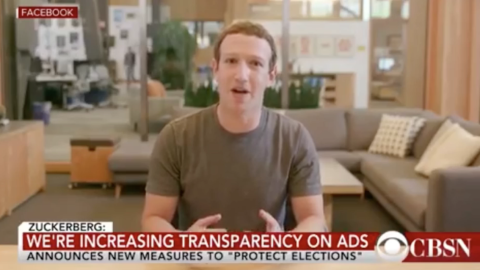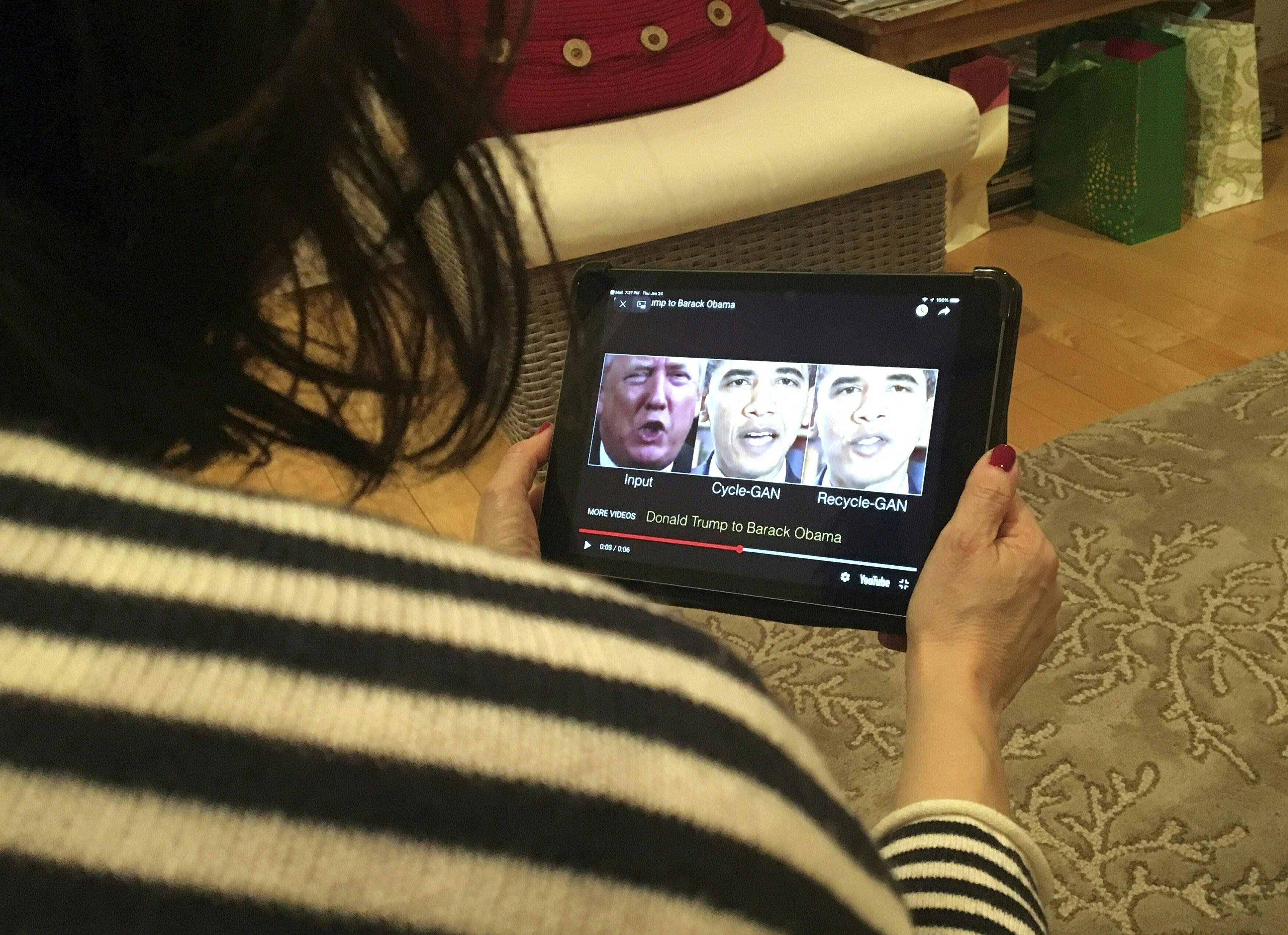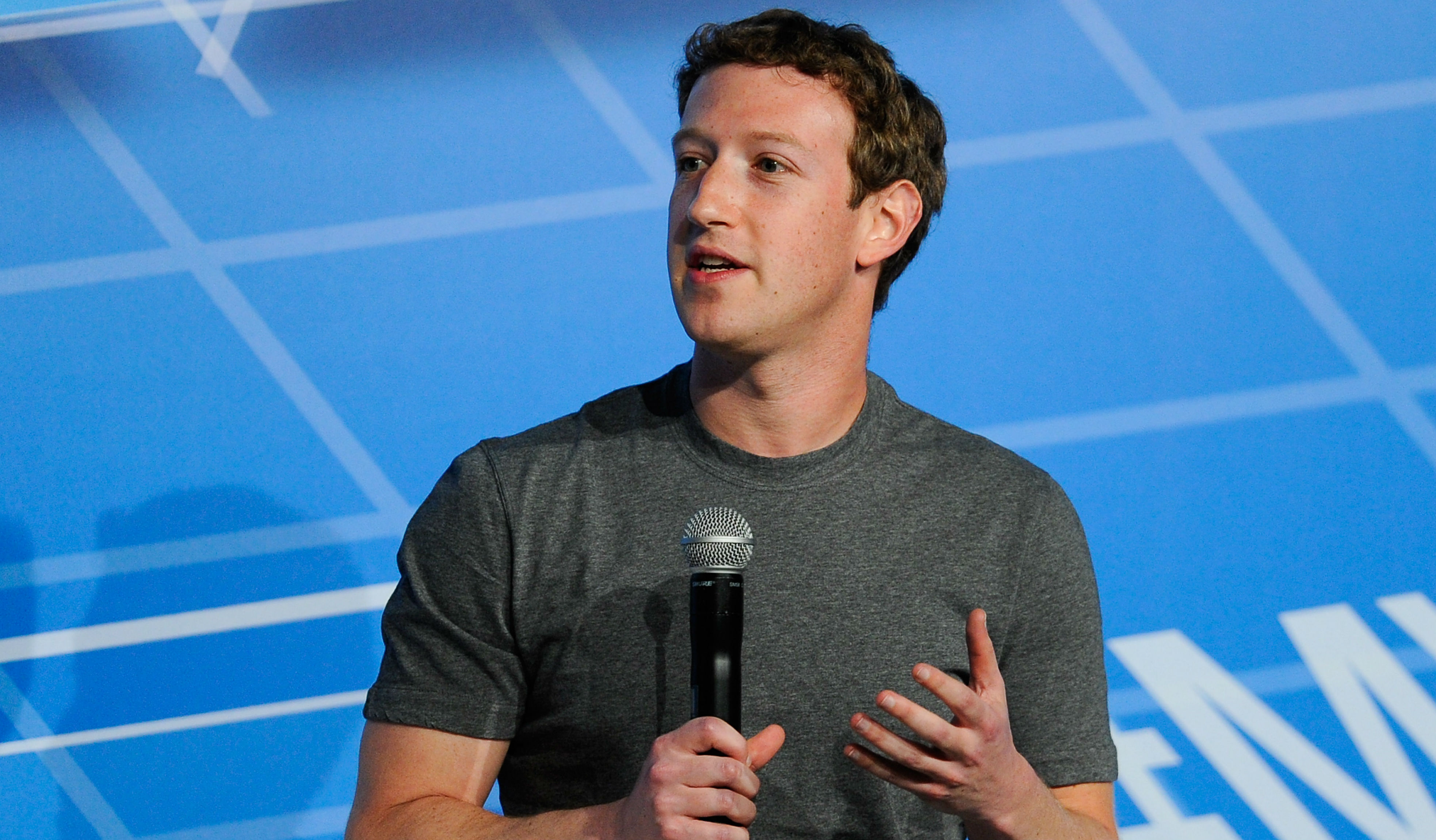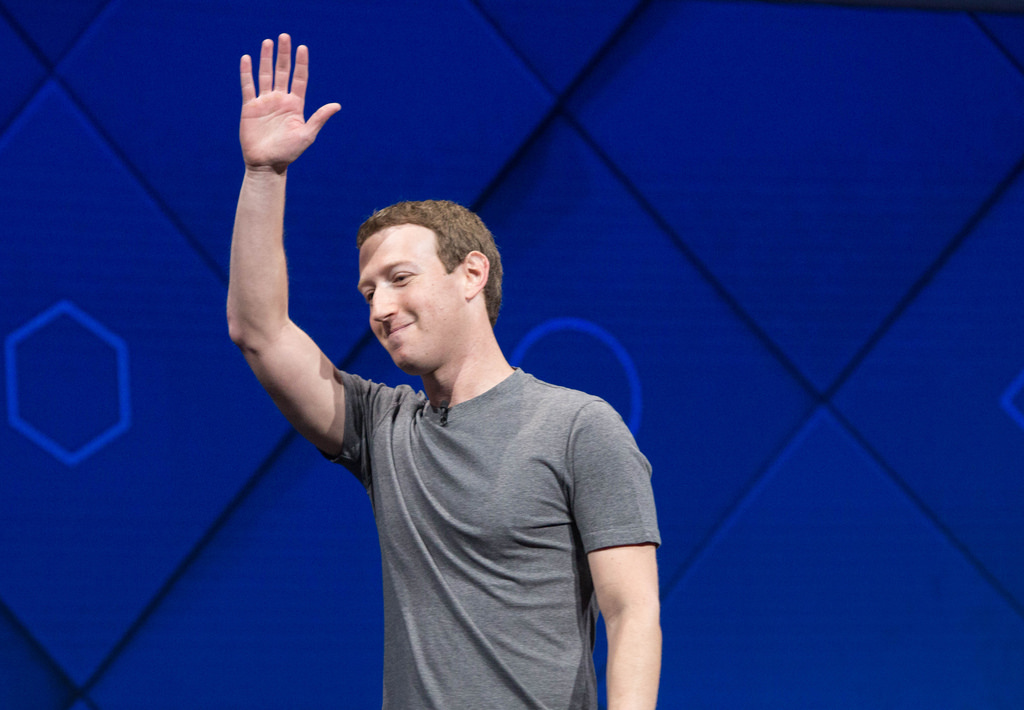Zuckerberg deepfake video tests Facebook’s rules

Bill Posters/Daniel Howe/Canny
- A new deepfake video shows Mark Zuckerberg saying words he never spoke.
- The video was likely created in an attempt to challenge Facebook’s policies on fake content.
- Facebook was recently criticized for not removing a video of House Speaker Nancy Pelosi that was doctored to make it seem like she was drunk.
A new deepfake video shows Facebook founder Mark Zuckerberg saying words he never spoke.
The video – posted to Instagram and created by artists Bill Posters and Daniel Howe with advertising company Canny – was based off of a real video of Zuckerberg from 2017. To create the deepfake, Canny trained a proprietary algorithm on a 21-second clip from the 2017 video, and also on a video of a voice actor reading a script. Visually, the result is convincing, even if the voice doesn’t quite sound like Zuckerberg’s.
“Imagine this for a second: One man, with total control of billions of people’s stolen data, all their secrets, their lives, their futures,” Zuckerberg’s likeness says in the video, whose caption includes “#deepfake”. “I owe it all to Spectre. Spectre showed me that whoever controls the data, controls the future.”
(Spectre was an award-winning interactive art installation shown at the 2019 Sheffield Doc Fest in the United Kingdom.)
The video effectively tests Facebook’s policy on removing misinformation from its platform. Facebook recently faced backlash for refusing to remove a video of House Speaker Nancy Pelosi that was slowed down to make it seem like she was drunk. Facebook said it down-ranked the video to make it appear less frequently on newsfeeds and flagged it as fake.
Instagram, which is owned by Facebook, said it’d treat the Zuckerberg deepfake like the Pelosi video. “If third-party fact checkers mark it as false, we will filter it from Instagram’s recommendation surfaces like Explore and hashtag pages,” Stephanie Otway, a spokeswoman for the company, told the New York Times.
The team behind the Zuckerberg deepfake also created one of Kim Kardashian.
Deepfake technology has existed for years, but recently it’s become sophisticated enough to fool some unsuspecting viewers. In May, Samsung researchers published a video describing a new AI that can take a single image of a person’s face and animate it convincingly. If you’re concerned about people weaponizing this technology, you’re not alone: The Defense Department is already developing tools that aim to automatically detect deepfakes. But these tools might never be totally effective.
“Theoretically, if you gave a [generative adversarial network, which builds deepfake technology] all the techniques we know to detect it, it could pass all of those techniques,” David Gunning, the DARPA program manager in charge of the Defense Department project, told MIT Technology Review. “We don’t know if there’s a limit. It’s unclear.”
Even if we could detect deepfakes, some viewers might not be eager to differentiate between real and fake – especially in politics. For example, President Donald Trump recently tweeted an altered video of House Speaker Nancy Pelosi that was slowed down to make it seem as if she were drunk. The video remains on the president’s Twitter account, despite reports confirming the video was altered, and it currently has more than 6 million views. It’s unclear how many people know – or are willing to acknowledge – that it’s fake content.





